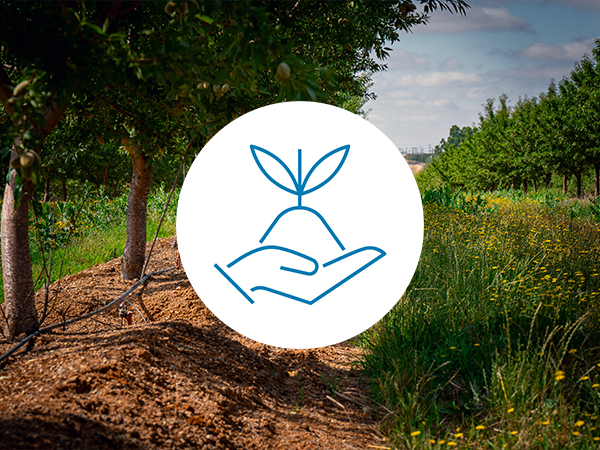Course Description
This session covers essential aspects of soil, its composition, and its importance in agriculture. The speaker begins with the fundamental definition of soil as the Earth’s unconsolidated mineral or organic material that supports plant growth. She explains the vertical differentiation of soil formed through weathering processes, emphasizing the ideal composition of soil: about 5% organic matter, 45% mineral material, and the rest as pore space for water and air. The speaker details physical soil health metrics like aggregate stability, which is crucial for water and air infiltration, and the negative impact of soil compaction. She also covers available water capacity and water infiltration rate, both critical for soil management. Chemical measurements, such as soil pH, salinity, and cation exchange capacity, are discussed, highlighting their role in nutrient availability and soil’s ability to retain nutrients like calcium, magnesium, and potassium. In subsequent sessions, The speaker delves into the significance of soil nutrients and soil microbes in plant growth, citing the importance of cation exchange capacity and metrics like active carbon, soil protein, and soil respiration. She underscores the need for holistic soil management, incorporating physical, chemical, and biological soil components. Proper air and water circulation are vital for microbial health, which in turn affects nutrient mineralization and plant growth. The speaker also references Dr. William Albrecht’s teachings on the necessity of feeding the soil to support plant nutrition. She highlights the critical balance of carbon, oxygen, and hydrogen in the soil and the ideal soil composition for microbial and plant health. The sessions conclude with practical advice on sampling protocols, data management, and the benefits of sustainable practices like cover crops and soil health programs, which not only improve crop yield and quality but also offer marketplace advantages through certifications and consumer demand for regenerative practices.
Course Objectives:
After completing this course, learners will be able to:
- Define and understand the composition of soil as a critical component of agriculture, focusing on its ideal balance of organic matter, mineral content, and pore space for air and water.
- Identify key physical soil health metrics, such as aggregate stability, available water capacity, and water infiltration rate, and their significance for water and air circulation in soil management.
- Explore the role of chemical soil properties, including soil pH, salinity, and cation exchange capacity, in nutrient retention and availability for plant growth.
- Understand the biological components of soil, focusing on the role of soil microbes, soil protein, and respiration in nutrient mineralization and plant health.
- Recognize the holistic nature of soil management, integrating physical, chemical, and biological aspects to improve overall soil health and sustainability in agriculture.
- Learn the importance of proper soil sampling protocols and data management in monitoring and maintaining soil health for optimal crop yield.
- Explore sustainable soil management practices, such as the use of cover crops and soil health programs, and their impact on crop yield, quality, and marketplace advantages through certifications and regenerative practices.
- Understand the teachings of Dr. William Albrecht, particularly the emphasis on feeding the soil to support plant nutrition and the ideal balance of carbon, oxygen, and hydrogen for microbial and plant health.
Analyze the importance of managing soil compaction and ensuring proper air and water circulation, which are essential for promoting microbial activity and improving plant growth.
Gain practical insights into the benefits of soil health programs, including how they can contribute to sustainability, improve crop quality, and meet consumer demand for environmentally responsible practices.

